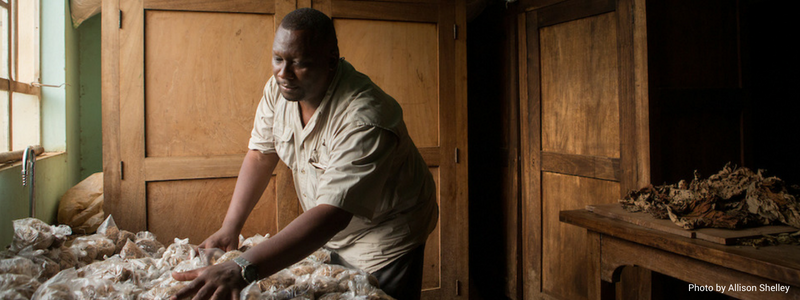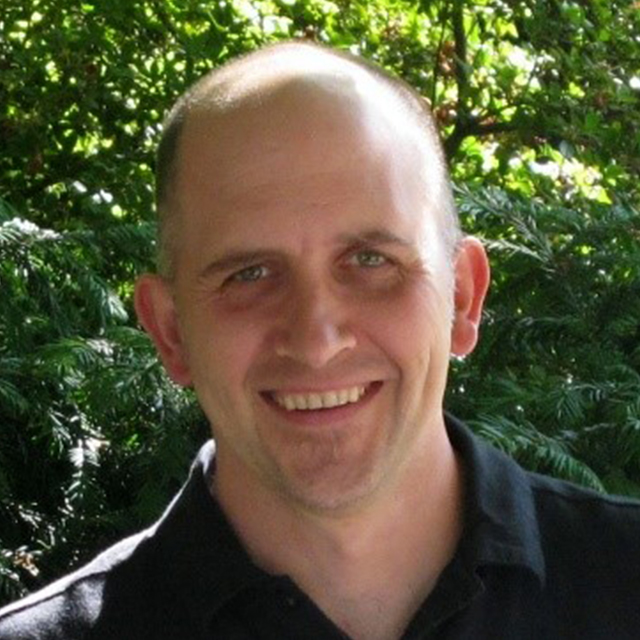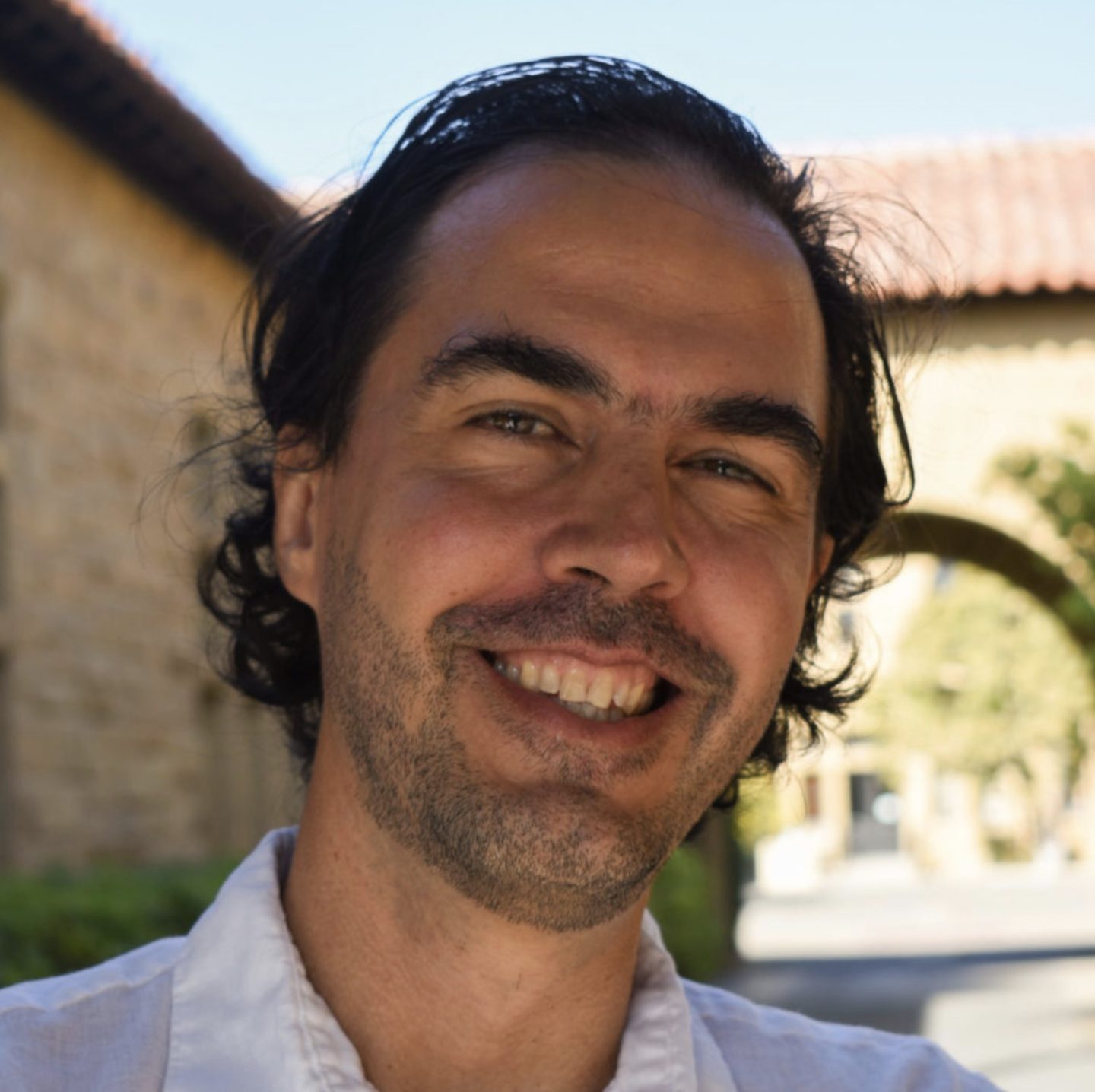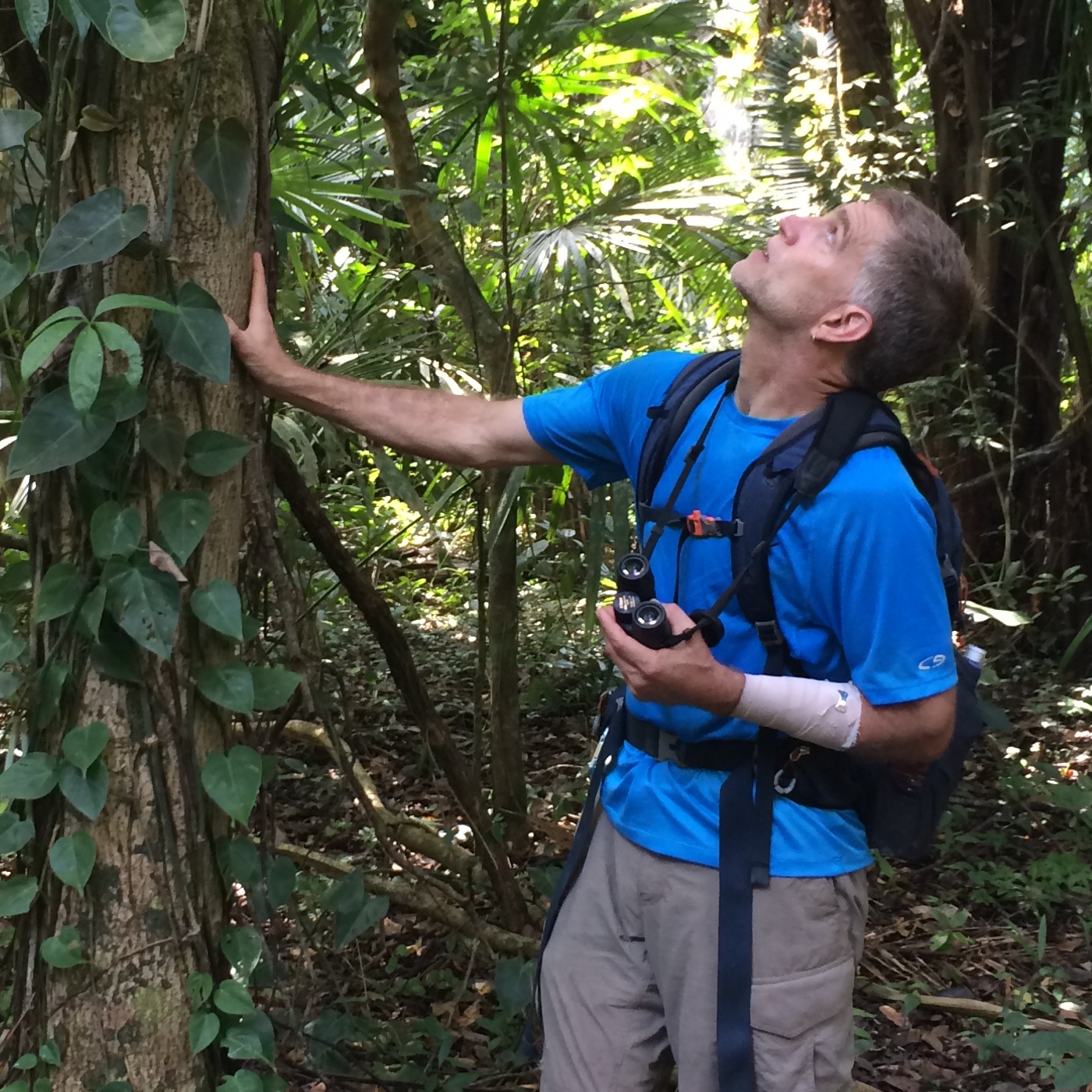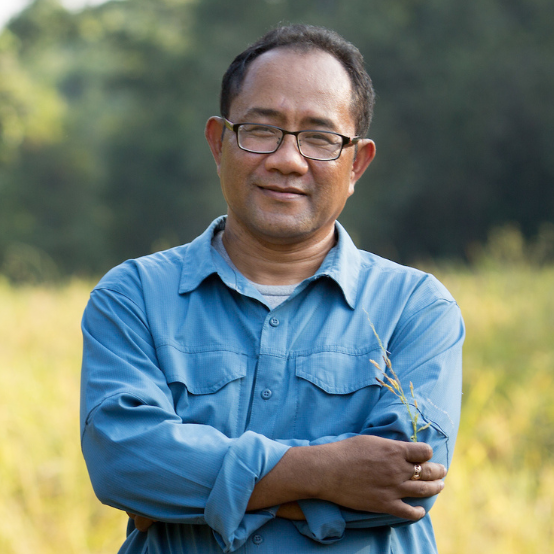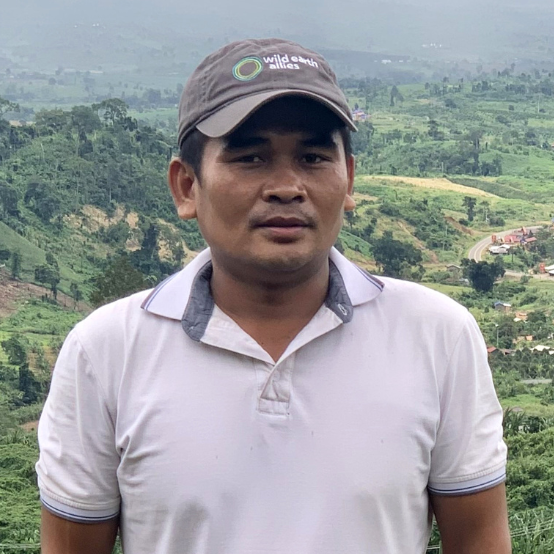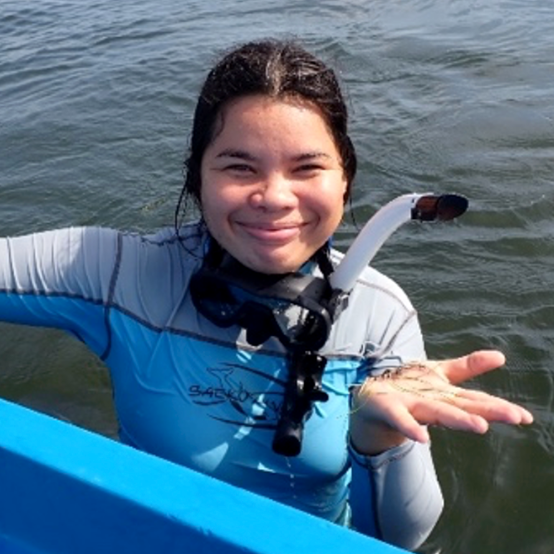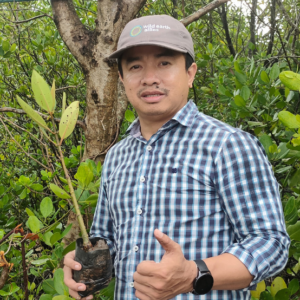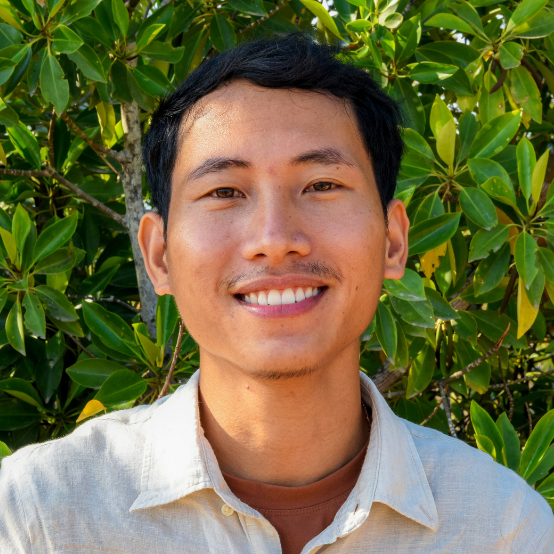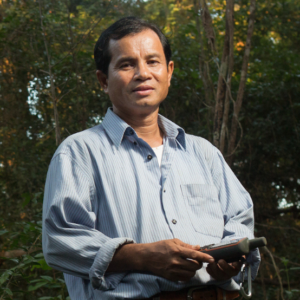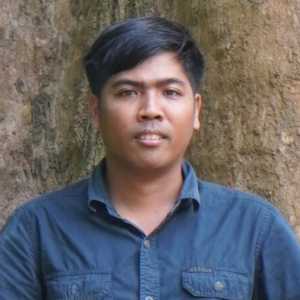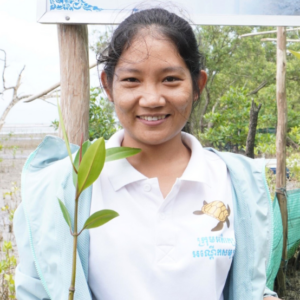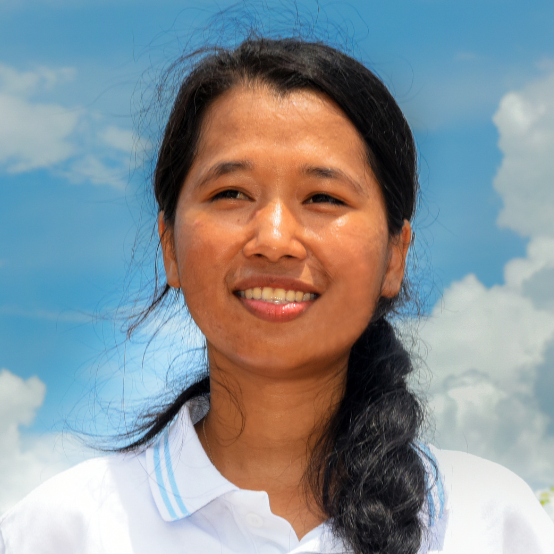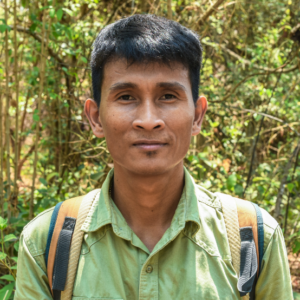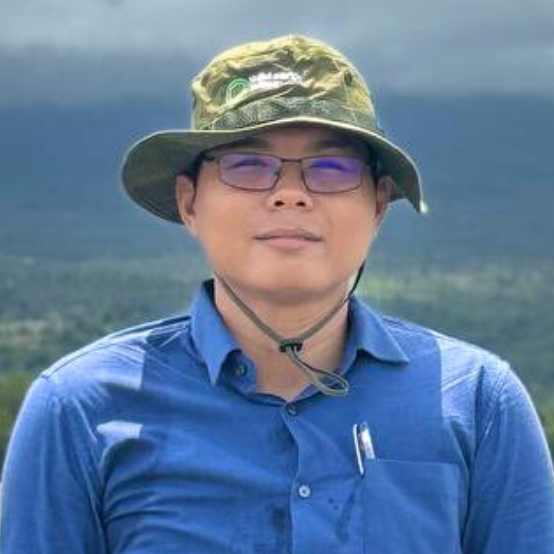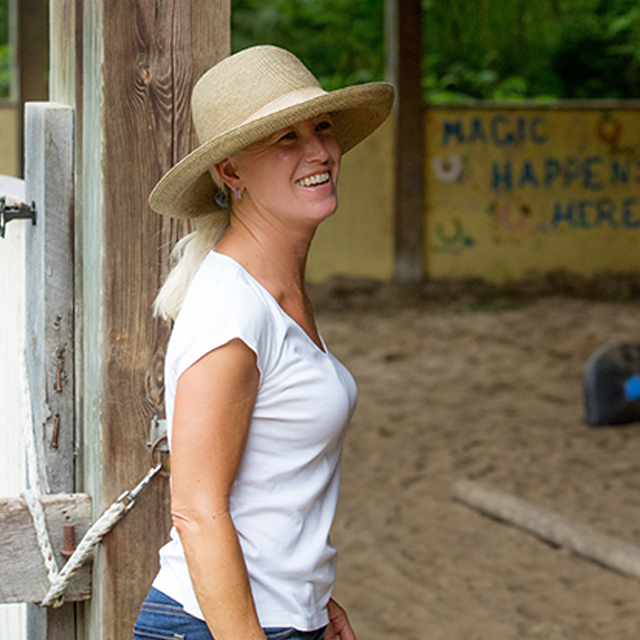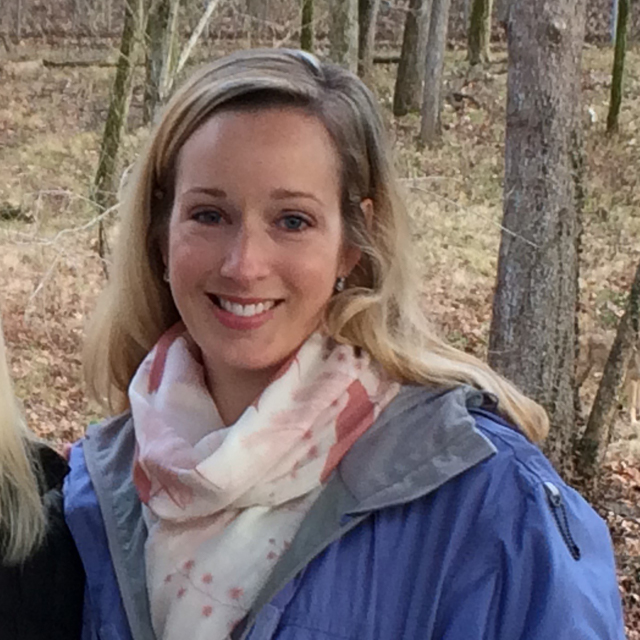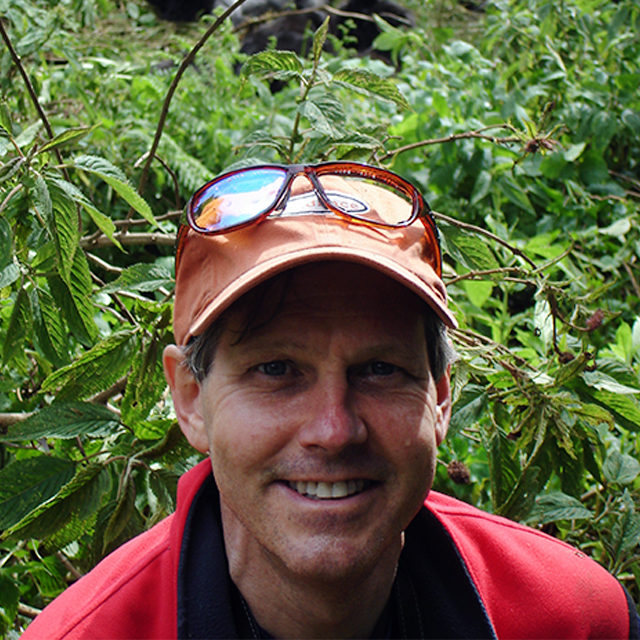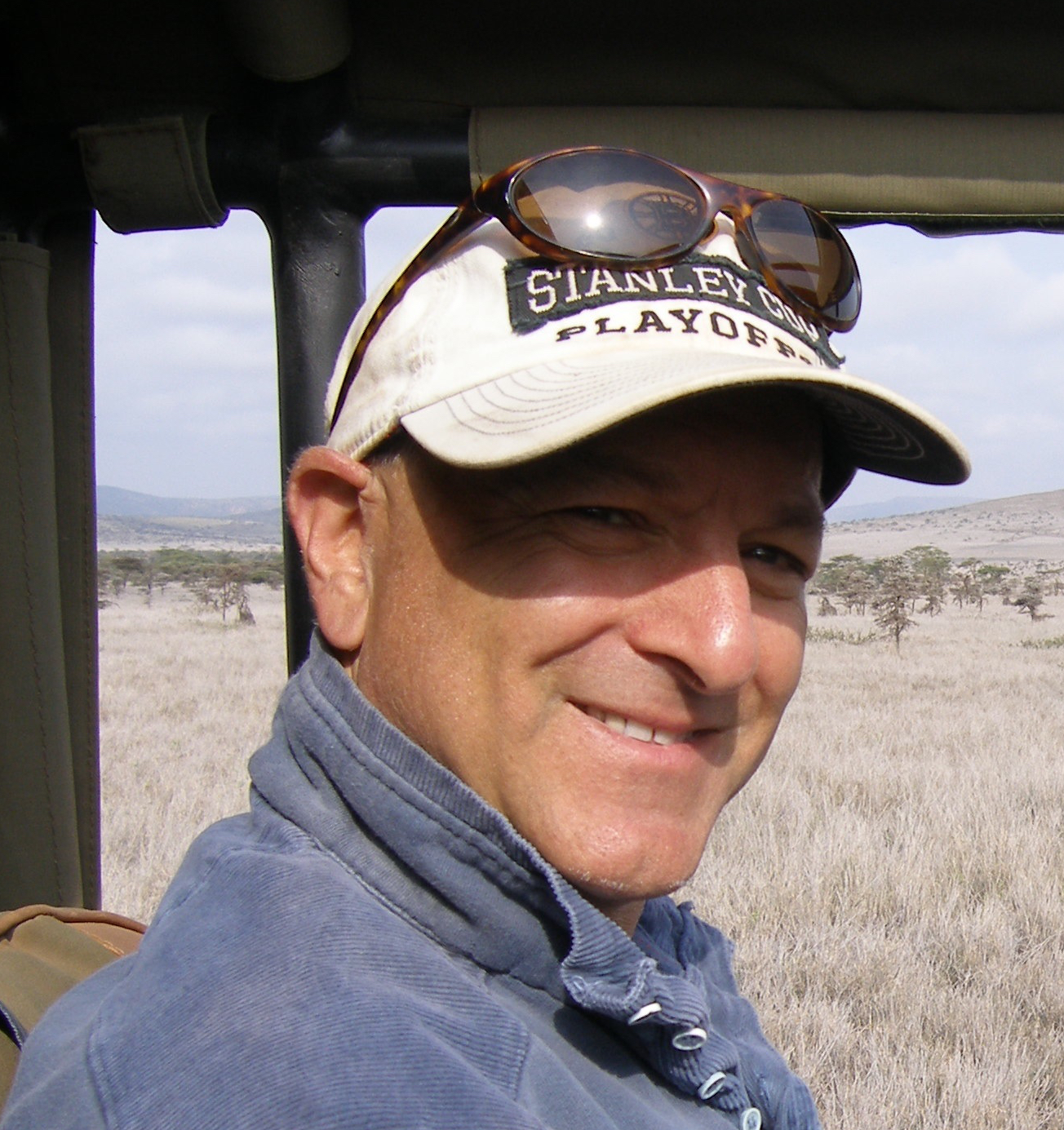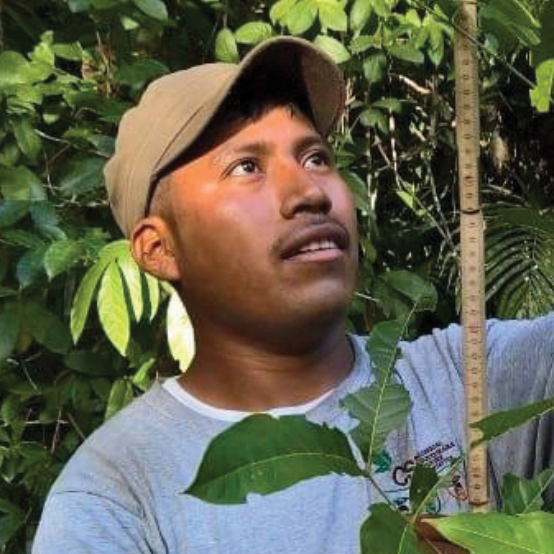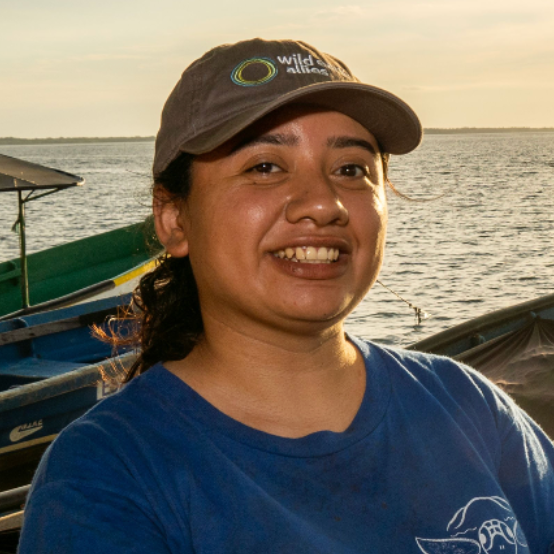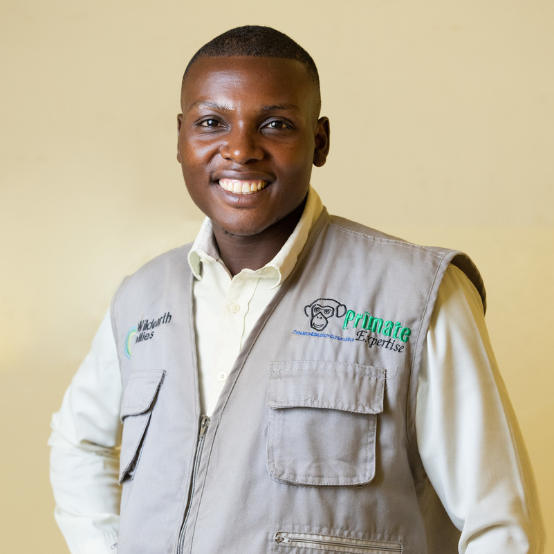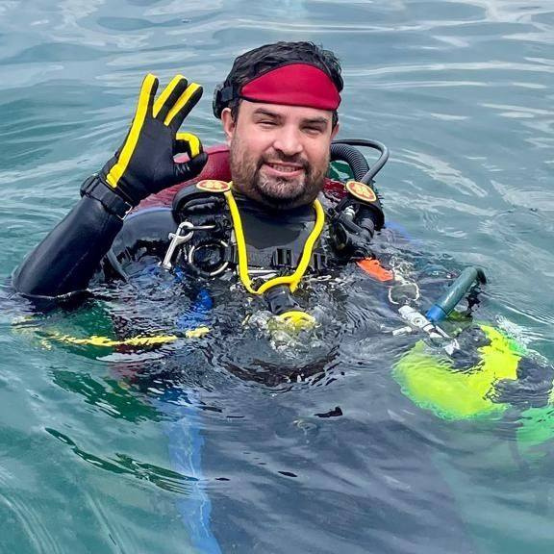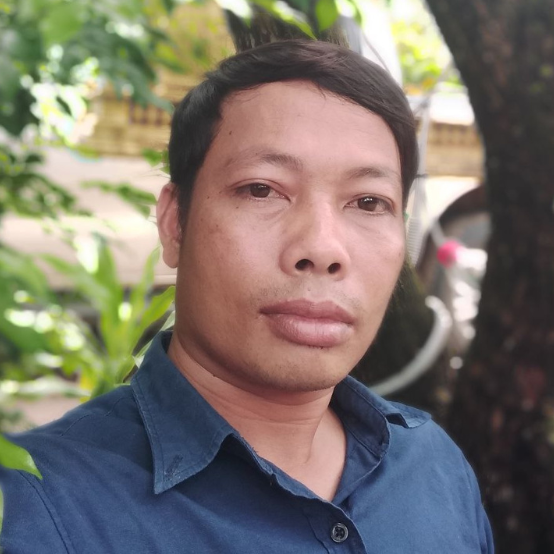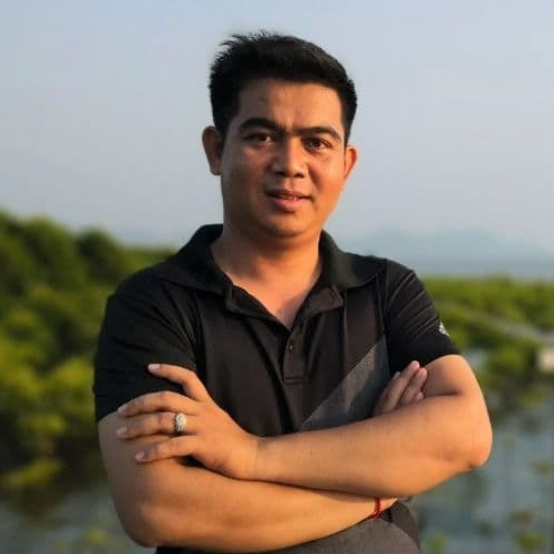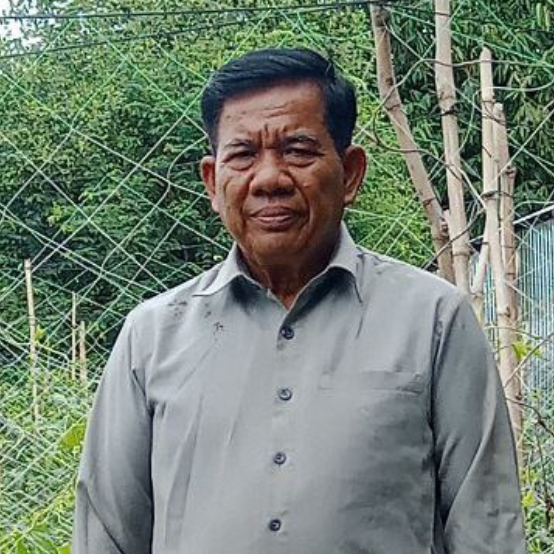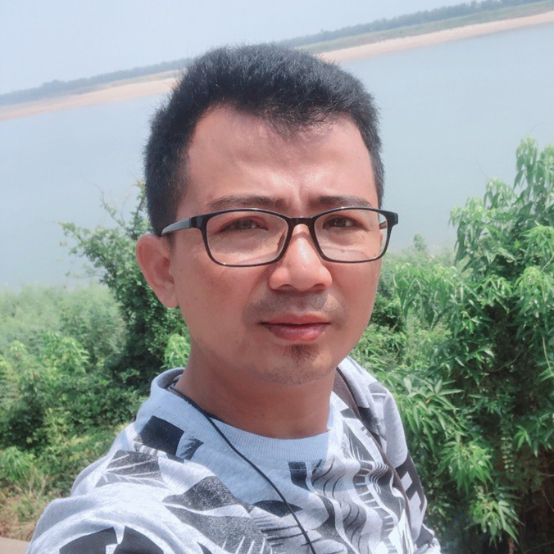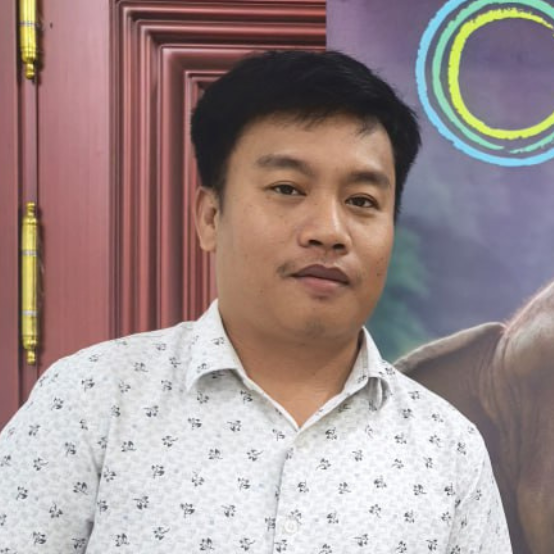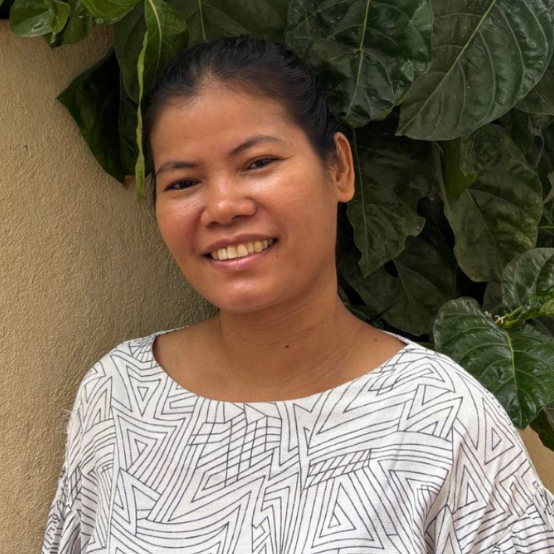A Diverse Landscape Under Threat
Kahuzi-Biega National Park is home to exceptional biodiversity that makes it one of the most important sites in the Albertine Rift, which itself is one of the richest ecologically diverse regions in Africa. At 6,000 km2, Kahuzi-Biega is one of the largest national parks in Democratic Republic of the Congo (DRC). Grauer’s gorillas and eastern chimpanzees inhabit the upland sector of Kahuzi-Biega which is dominated by evergreen montane forests.
This landscape faces severe threats from unsustainable land-use practices that were heightened by outbreaks of civil war in the 1990s and the subsequent instability. The Albertine Rift is also one of the most densely populated regions in Africa, which exerts substantial pressure on natural resources both outside and within Kahuzi-Biega. Land-use activities such as commercial and slash-and-burn farming methods, hunting, charcoal production and artisanal mining have resulted in major forest cover loss, habitat degradation and declining wildlife. Compounding this threat, when forests are cleared outside the park, resources become limited for local communities. People then enter the park to collect timber, medicinal plants, fish, and bushmeat.
Despite the increasing pressures on great apes, we see a genuine opportunity to catalyze change in the Kahuzi-Biega region. Threats posed by habitat loss and poaching can be reduced by engaging local communities in forest habitat restoration programs, providing direct protection via ranger patrols, and improving our understanding of great ape populations through field monitoring programs.
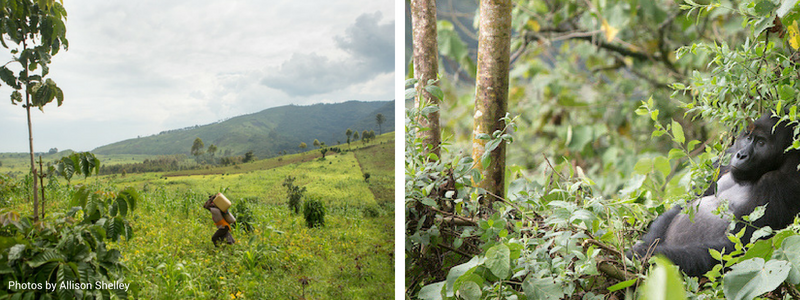
Restoring Native Forest Habitats with Help from Grauer’s Gorillas
We are supporting our Congolese partner Primate Expertise (PEx) who is conducting innovative research and reforestation activities using seeds collected from ape dung. The seeds are germinated in community tree nurseries for use by local people and to stimulate reforestation efforts in key areas around the park. Dr. Augustin Basabose, founder and executive director of PEx, discovered that intact seeds found in gorilla feces may be used as a cost effective and non-invasive strategy to restore native forested habitats.
Independent photojournalist Allison Shelley, on assignment for Wild Earth Allies, captured inspiring images of seed germination and primates who benefit at a local rehabilitation center.
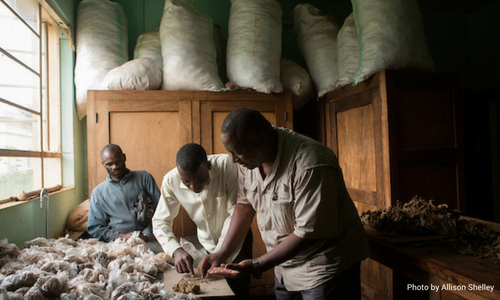
Right to left, Dr. Augustin Basabose, founder and executive director of PEx, works with PEx conservation scientist Michael Baraka and tracker Luoko Mutabunga to examine dried gorilla feces, which PEx is studying, at the Centre de Recherche en Sciences Naturelles (CRSN) just outside of Kahuzi-Biega.
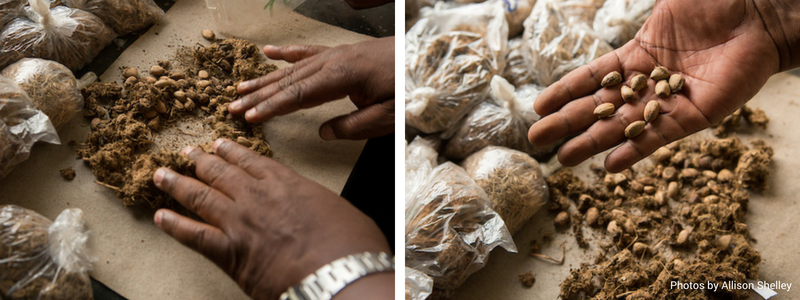 Examining seeds found in dried gorilla feces at CRSN just outside of Kahuzi-Biega.
Examining seeds found in dried gorilla feces at CRSN just outside of Kahuzi-Biega.
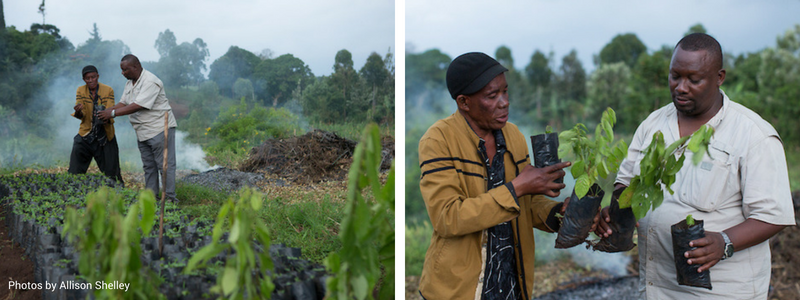 Agronomist Laurent Obula Wuriam, left (both images), examines seedlings with Dr. Augustin Basabose, at a plant nursery where they have started to grow fruiting plants from seeds found in ape dung.
Agronomist Laurent Obula Wuriam, left (both images), examines seedlings with Dr. Augustin Basabose, at a plant nursery where they have started to grow fruiting plants from seeds found in ape dung.
Using Seeds to Benefit Orphaned Primates
PEx provides seeds from this program to grow plants that can be eaten by chimpanzees living at the Lwiro Primate Rehabilitation Center, located on the Centre de Recherche en Sciences Naturelles (CRSN) site just outside of Kahuzi-Biega. This essential conservation center rescues and rehabilitates chimpanzees and monkeys that were victims of the pet trade and poaching.
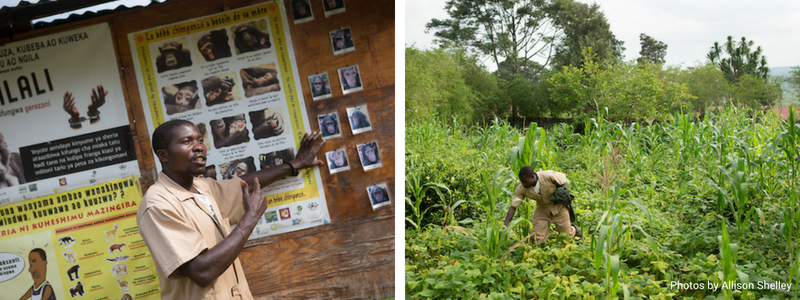 Caretaker Claude Bengehya discusses the work done at the Lwiro Primate Rehabilitation Center on the grounds of CRSN (left); Bengehya walks through an area of the Center where crops are grown to feed primates. PEx has provided seedlings grown from seeds collected from its ape dung project towards this effort.
Caretaker Claude Bengehya discusses the work done at the Lwiro Primate Rehabilitation Center on the grounds of CRSN (left); Bengehya walks through an area of the Center where crops are grown to feed primates. PEx has provided seedlings grown from seeds collected from its ape dung project towards this effort.
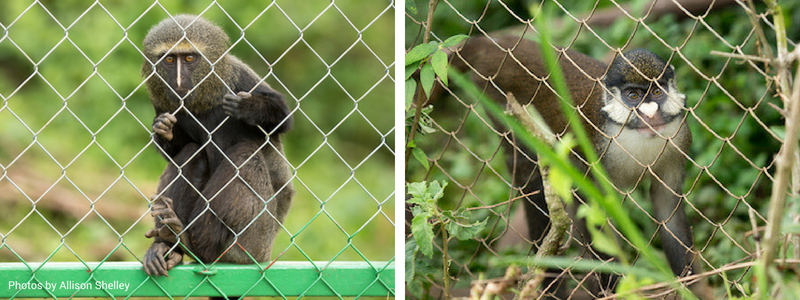 An owl-faced monkey (left) and red-tailed monkey (right) greet visitors from inside its enclosure at the Lwiro Primate Rehabilitation Center.
An owl-faced monkey (left) and red-tailed monkey (right) greet visitors from inside its enclosure at the Lwiro Primate Rehabilitation Center.
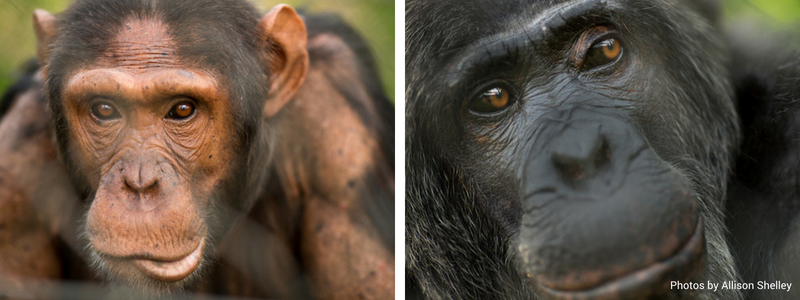 A chimpanzee named Jango (left) and a chimpanzee named Gentil (right) interact with visitors from inside an enclosure at the Lwiro Primate Rehabilitation Center.
A chimpanzee named Jango (left) and a chimpanzee named Gentil (right) interact with visitors from inside an enclosure at the Lwiro Primate Rehabilitation Center.
Beyond innovative programs that address threats to forest habitat, we find most promising the existence of a strong cultural affinity for great apes in the region. Local communities are receptive to Grauer’s gorilla conservation efforts, especially when coupled with community development programs. We will look at this further in our next blog, where we will highlight the work of local individuals that contribute to great ape conservation with PEx.
Learn more about our work with great apes. Watch for new stories on Facebook and Twitter, sign up for our emails, and visit our website.

